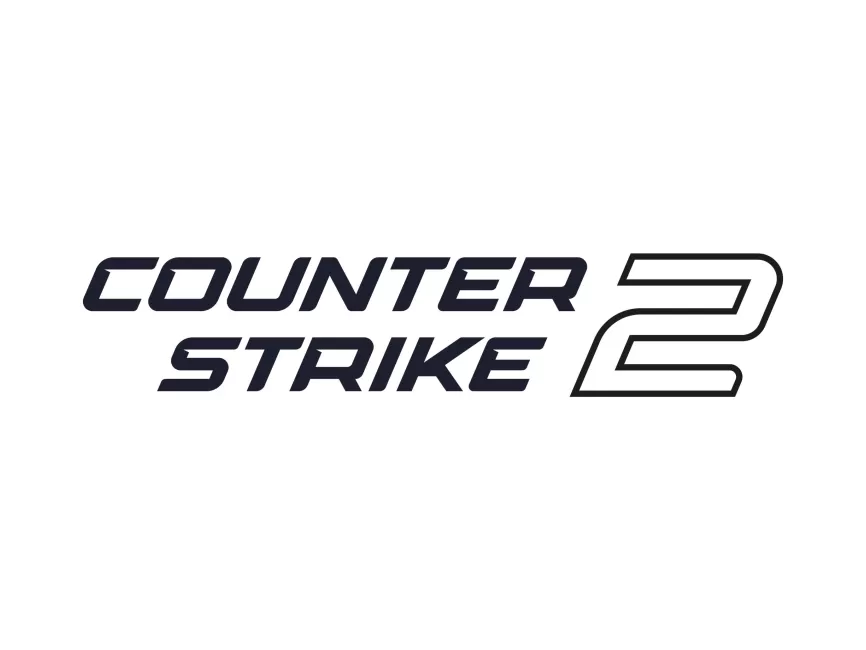CS2’s Impact on Competitive Gaming: A Comprehensive Study
Competitive gaming, or esports, has witnessed a meteoric rise in popularity over the past few decades. Among the multitude of games that have carved their niche in this realm, Counter-Strike: Global Offensive (CS:GO) stands tall as one of the most influential titles. However, the emergence of a potential successor, often dubbed CS2 by enthusiasts, has sparked widespread discussion and speculation within the gaming community.
CS:GO has reigned as a dominant force in the esports landscape for years, captivating players and audiences alike with its strategic gameplay, teamwork requirements, and thrilling competition. Developed by Valve Corporation and Hidden Path Entertainment, CS:GO achieved significant success since its release in 2012, becoming a cornerstone of competitive gaming tournaments worldwide.
Despite its continued popularity, whispers and rumors surrounding the advent of CS2 have persistently circulated. Speculations regarding the potential sequel to CS:GO have triggered debates on how such a release might impact the competitive gaming ecosystem.
Firstly, the introduction of CS2 could potentially revolutionize competitive gaming. With advancements in technology and game design, players anticipate enhanced graphics, improved mechanics, and a refined gaming experience. A sequel could breathe new life into the franchise, attracting both seasoned CS:GO players and newcomers, thereby expanding the esports community.
However, the transition from CS:GO to CS2 might also pose challenges. Competitive gaming heavily relies on established player bases, tournament structures, and sponsorships. The release of a sequel could potentially fragment the player community, creating divisions between those loyal to the original and those eager to embrace the new iteration. Such fragmentation might temporarily disrupt the esports scene and alter the dynamics of competitive play.
Furthermore, CS:GO’s esports ecosystem has evolved over the years, boasting a structured competitive circuit, including leagues, championships, and major tournaments. The introduction of a sequel might necessitate an overhaul of these structures, requiring organizers to adapt and potentially rebuild the competitive framework to accommodate the new game. This transition phase could lead to uncertainties and adjustments within the esports industry.
Another pivotal consideration lies in the impact on professional players, teams, and organizations. With a new game comes a learning curve and the need to adapt strategies and gameplay mechanics. This shift could potentially unsettle established teams and create opportunities for emerging talent to rise in the competitive landscape.
While the speculation about CS2 continues to captivate the gaming community, it is important to note that Valve Corporation has not officially confirmed the development or release of such a sequel. As of the latest updates available until January 2022, no concrete information has been unveiled regarding the existence or progress of CS2.
In conclusion, the potential arrival of CS2 holds both promise and uncertainty for competitive gaming. Its impact, if and when it materializes, remains a topic of great anticipation and speculation within the esports community. Until then, enthusiasts and professionals alike await official announcements while continuing to shape the thriving world of competitive gaming through CS:GO and other established titles.

